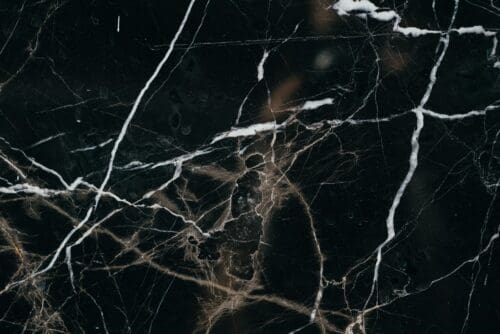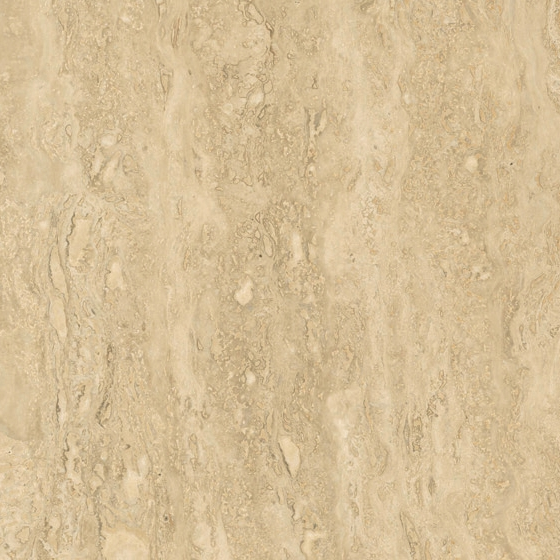NATURAL STONE
Stone as a building material
Natural stone stands out among building materials for its exceptional durability. Many classical buildings and statues built in natural stone, like marble and travertine, have lasted from ancient Greece and Rome until present day. Its durability, along with the low CO2 footprint during extraction and processing, makes stone one of the most sustainable building materials.


Sustainability
With its remarkably low carbon footprint, stone enables the construction of negative CO2 buildings when used as a structural material. Natural stone is an abundant material that is consistently reformed on and below the earth’s surface, making it inexhaustible. In addition, stone has excellent natural thermal insulation and is an easy material to maintain, repair, and refurbish.
Cohesion
Natural stone holds great historical and socio-cultural value, as it establishes a connection between buildings and their geographic environment. The use of local building materials fosters cohesion and continuity. Nevertheless, the variety of colours, patterns and textures within a specific stone type still offers unlimited design potential.
Value and lifecycle cost
Stone guarantees longevity, ease of maintenance, permanence and stability – all factors that help reduce the lifecycle cost of a building and improve the comfort of its users and owners.
New advances in stone quarrying and processing technology has improved extraction efficiency. Stone has now become a highly efficient and affordable building material.
This is particularly true when we consider the lifecycle costs of other, less durable, materials.
Types of stones
Marble: Marble is a versatile material that can be used in bathrooms, flooring, kitchens, or furniture. With its strong colours, patterns, and finishes, marble is a defining material for the ambience of a room.
Granite: Granite is highly durable and resistant to abrasion (scratch-resistant) and acid. It is widely used in construction, and it is a common choice for kitchen countertops, exterior cladding or flooring, and funerary monuments. It usually comes in grey, black and white hues.
Quartzite: Similarly to granite, quartzite is a highly resistant material. However, unlike granite, quartzite has unique, vibrant colours and patterns. It is a great choice for projects that require decorative yet resistant properties, such as countertops and bathrooms.
Limestone: Limestone is characterised by its soft appearance and earthy tones. It is a popular choice for flooring and facade cladding, but can suit almost any project.
Basalt: Basalt, with its extraordinary resistance to abrasion and weathering, is an exceptional choice for flooring, building facades or other outdoor applications. It comes in grey and black colours.
Onyx: Onyx is known for its translucent properties and vibrant colours. It is used primarily for interior decorative applications like wall claddings and adds a touch of luxury.
Semi-Precious Stones: Semi-precious stones, including agate, sodalite, amethyst, and malachite, are valued for their luxurious, colourful appearance and shimmery surfaces. Often used as decorative accents, they bring a touch of opulence into any space.
Connect with us
Do you have a project in mind? Any questions or ideas? Contact us.
